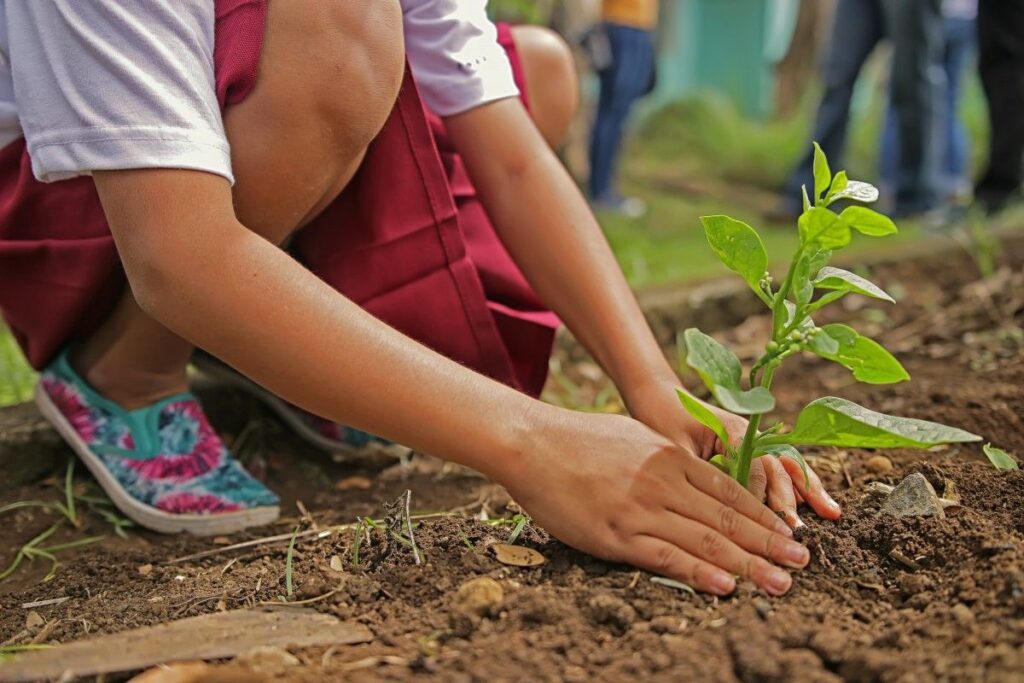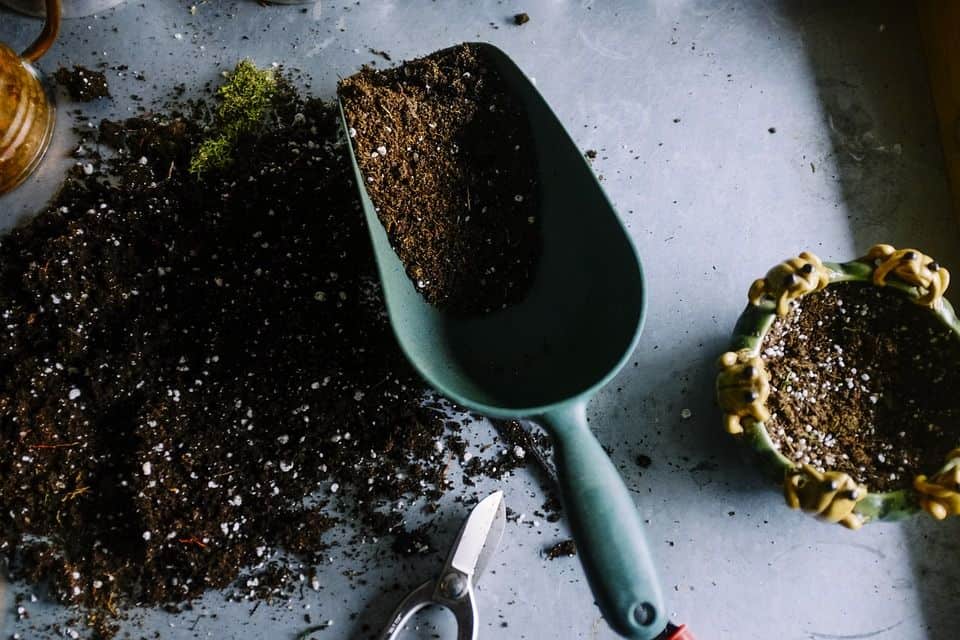Many of us dream of a beautiful garden with bright flowers blooming all around the year. Honestly, it can be one of the most enjoyable and rewarding activities you have ever done. No wonder, it has turned into a lifelong hobby for so many enthusiasts and lots of us enthusiasts like to keep a greenhouse in our garden so if you want to as well, you should know that plastic for a greenhouse is a great material option when it comes to building one.
Needless to say, there can be the usual restrictions of time, space, and budget on your gardening ambitions. The good news is, even with limited time and resources, you can grow a lovely garden by following a few right steps.
So here are 5 essential steps to help you set up a garden in your home.

1. Choose the Right Type of Plants
There are plenty of options to choose from depending on whether you want a flower garden, a herb garden, or a vegetable garden. When it comes to flowers, you need to decide on the colors, fragrance, and season of blooming. In the case of herbs and vegetables, the choice depends on your preferences on the dinner table.
Combining the two options is also possible. But in that case, you will have a wide variety of plants with different maintenance needs.
Here is a quick look at the main types of plants.
- There are herbaceous annuals with a life cycle of one growing season. They need to be replanted each year. These are plants like marigolds, petunias, zinnias, etc.
- Next, there are herbaceous perennials that regrow from the root system after each winter. These include peony, daylily, lupine, delphinium, etc.
- Other than that, there are plants like shrubs, woody trees, vegetables, fruits, and herbs.
It is also important to choose plants based on the USDA hardiness zones. There are 13 different zones and plants are given a number based on their cold-weather tolerance. Quite simply, a plant rated for zone 10 will not survive the cold temperatures of zone 3 or 4.
Besides, it’s best to pair plants that have similar sunlight and moisture requirements together. So compare the optimal growing environment of each plant with your climate before choosing.
2. Pick the Right Spot
Firstly, you need to consider the light requirement of the plants. Most flowers and vegetables require 6 to 8 hours of full sunlight in a day to grow well. So pick the section of your yard that gets sufficient sunlight for growing these types of plants.
What if your area has partial or full shade?
While such areas will be difficult for growing vegetables and flowers, there are quite a few other plants that can grow well in shade.
Also, it is best to pick a flat piece of land for gardening. Managing a garden with sloped land is much more difficult. If the area is windy, try to pick a windbreaker that will guard the plants against strong winds.
3. Determine the Soil Requirements
The truth is, the more fertile your garden soil, the better the plants will grow. In most cases, residential soil needs some boosting as it may be infertile. Also, soil that is too acidic or alkaline is not good for gardening. For flowering plants, you need soil that is not sandy or sticky.
Working the soil is also necessary to loosen up the top layers. This helps the new roots to penetrate deeper and collect water and nutrients more easily. The process can be done by digging or tilling.
Tilling is done with the help of mechanical devices and is used for large areas. For smaller areas, digging with hand tools like a shovel is a better option. You can turn over the top 8 inches of the soil and mix it with organic matter.
When it comes to organic matter, you can add 2 to 3 inches of compost, manure, decayed leaves to the soil. If there is some existing organic matter, you can leave it to form humus in due time.

4. Proper Garden Design
While this is a matter of personal preference, you need to get the aesthetics right, to make the garden look good.
To start with, consider the mature size of the selected plants.
For the best visual impact, the smaller plants should be used in the foreground or around the edges. Medium-sized plants should be in the middle and the larger plants should be placed at the back end of the garden. In case your garden has a circular shape, you can place the taller plants in the center and the smaller ones around the perimeter.
The form of the plants is also another factor to check. If you like geometric shapes, you can pick plants with precise outlines and shapes. Plants with straight lines and sharp angles can also look clean and formal. In case you prefer an informal touch irregular shapes are good.
To create the right level of visual interest, you can add some texture to the garden. This can be in terms of a variety of barks and leaves. Next, you need to choose the right color palette by balancing warm and cool colors. For example, you can combine yellow and purple shades to attract attention.
Lastly, make sure to keep the right amount of gap between the plants. They should be planted close enough to prevent the growth of weeds. However, planting too closely can cause the weaker plants to perish.

5. Use the Right Planting Methods
Whether you choose to plant seeds or nursery plants, it is essential to use the right planting technique. In most cases, seeds come with a set of planting instructions. However, potted plants may not come with detailed instructions. They usually require a deeper planting hole and regular watering intervals.
It is also important to choose the right season to plant, based on the soil temperature. Plants are classified based on their preference for cooler and warmer soil. So do not plant too early or too late in the season.
In case you are transplanting a plant, follow the right techniques. Then allow sufficient time to let the plant adjust to the new settings.

Final Words
To sum up, the garden should have the right amount of warmth and variety so you can sit back and enjoy the beauty of the blooms. Once you break down the project into small steps, you will find it much easier than you think.
Now that you know the most important aspects of developing that awesome garden, best get started with it.